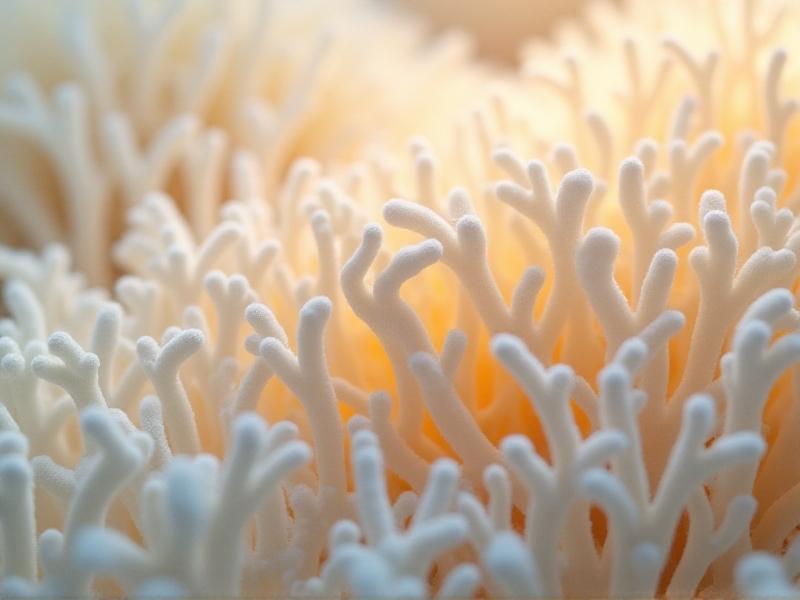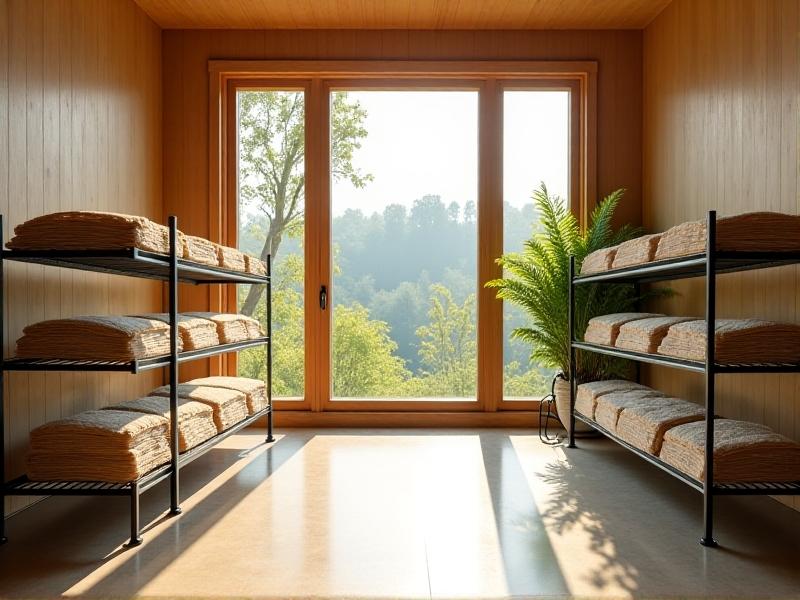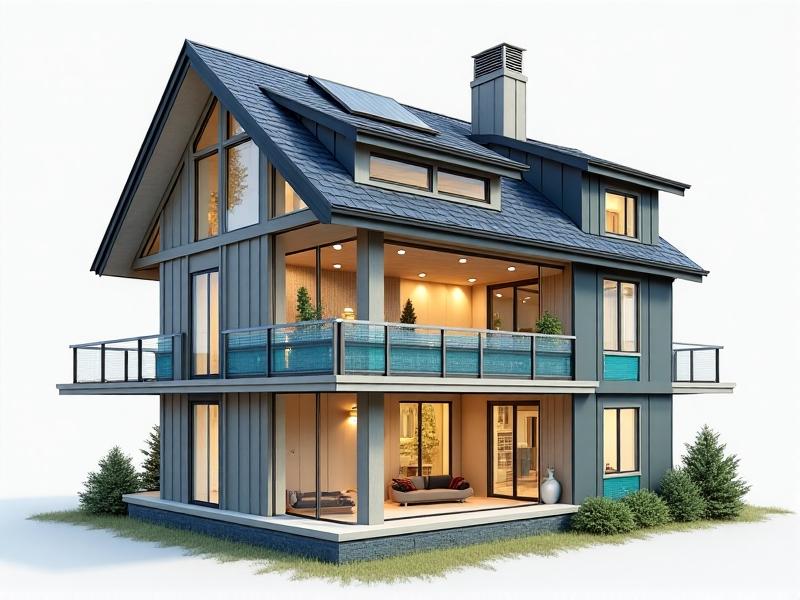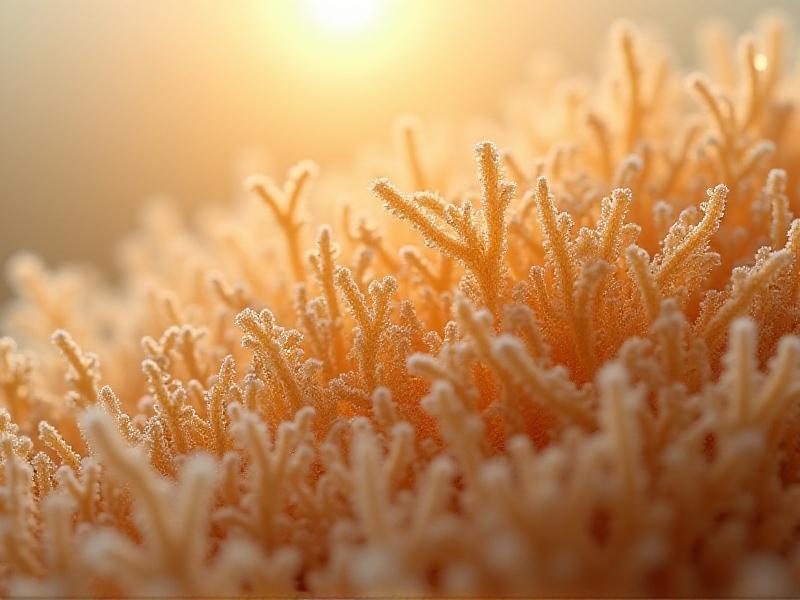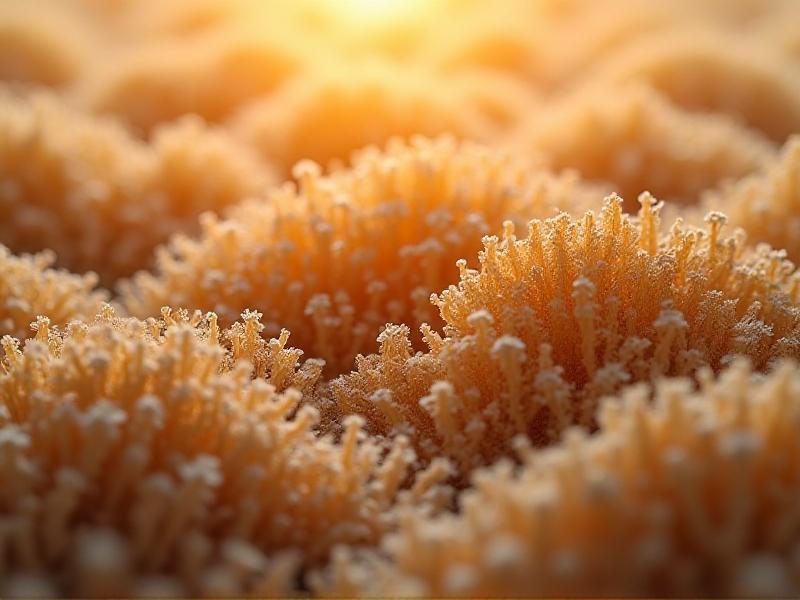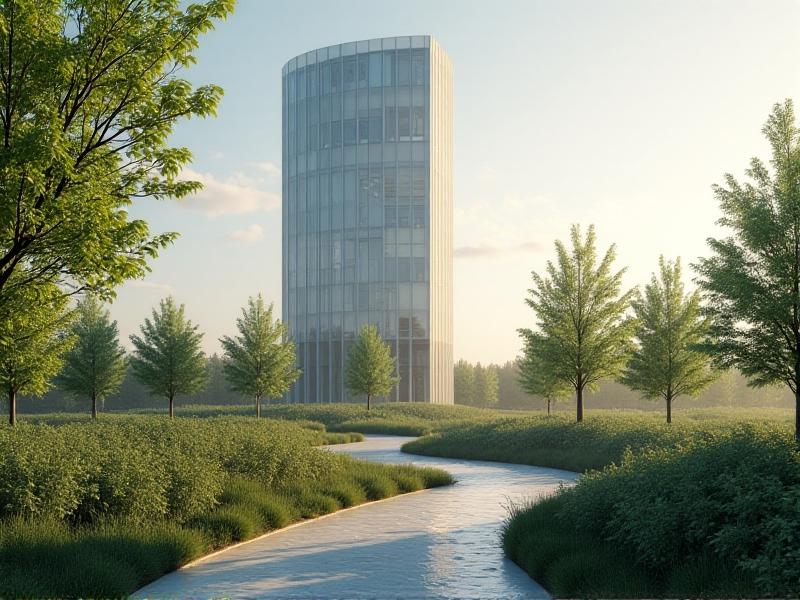Urban Heat Island Mitigation Using Reflective Myco-Insulation
Understanding the Urban Heat Island Effect
The Urban Heat Island (UHI) effect is a phenomenon where urban areas experience significantly higher temperatures than their rural surroundings. This temperature disparity is primarily due to human activities and the extensive use of materials like concrete and asphalt, which absorb and retain heat. As cities expand, the UHI effect intensifies, leading to increased energy consumption, elevated greenhouse gas emissions, and adverse health impacts on urban populations.
One of the key contributors to the UHI effect is the lack of vegetation and green spaces in urban areas. Trees and plants naturally cool the environment through a process called evapotranspiration, where water is absorbed by roots and released into the atmosphere as vapor. However, in densely populated cities, green spaces are often replaced by buildings and roads, reducing this natural cooling mechanism.
Another factor is the prevalence of dark-colored surfaces, such as rooftops and pavements, which absorb more solar radiation and re-emit it as heat. This not only raises the ambient temperature but also contributes to the overall warming of the city. Addressing the UHI effect requires innovative solutions that can mitigate these factors while promoting sustainable urban development.

Introducing Reflective Myco-Insulation
Reflective myco-insulation is an emerging technology that combines the reflective properties of certain materials with the insulating capabilities of mycelium, the root structure of fungi. Mycelium is a natural, biodegradable material that has been gaining attention for its potential in sustainable construction. When used as insulation, mycelium can help regulate indoor temperatures by providing a barrier against heat transfer.
What sets reflective myco-insulation apart is its ability to reflect solar radiation, reducing the amount of heat absorbed by buildings. This dual functionality makes it an ideal solution for mitigating the UHI effect. By incorporating reflective myco-insulation into urban infrastructure, cities can lower their overall temperature, reduce energy consumption, and improve the comfort of their inhabitants.
The production of reflective myco-insulation is also environmentally friendly. Mycelium can be grown using agricultural waste, such as straw or sawdust, making it a renewable resource. Additionally, the manufacturing process requires minimal energy and produces no harmful byproducts, aligning with the principles of sustainable development.
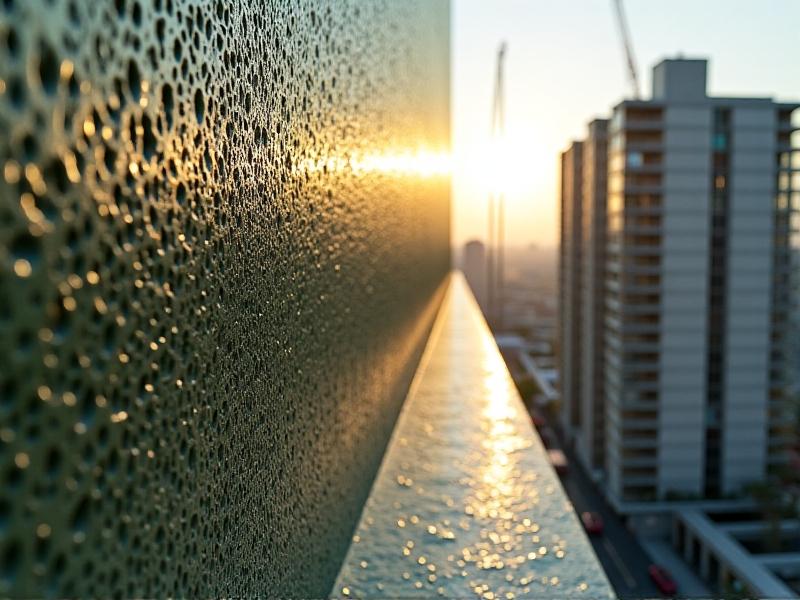
The Science Behind Mycelium’s Insulating Properties
Mycelium’s insulating properties stem from its unique structure and composition. Mycelium consists of a network of fine, thread-like filaments called hyphae, which form a dense, interconnected matrix. This structure creates numerous air pockets within the material, which act as insulators by trapping air and reducing heat transfer.
Research has shown that mycelium-based materials have a low thermal conductivity, meaning they are effective at preventing heat from passing through them. This makes mycelium an excellent choice for insulation in buildings, as it can help maintain stable indoor temperatures regardless of external weather conditions.
Moreover, mycelium is highly adaptable and can be engineered to enhance its insulating properties. By adjusting the growth conditions and the type of substrate used, manufacturers can produce mycelium with specific densities and thermal characteristics tailored to different applications. This versatility opens up a wide range of possibilities for using mycelium in various aspects of urban design.
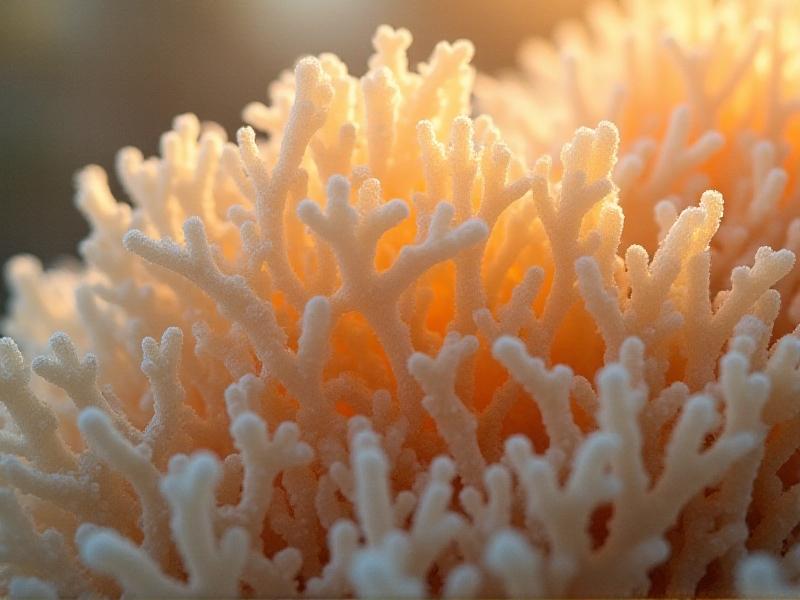
Benefits of Reflective Myco-Insulation for Urban Areas
Reflective myco-insulation offers numerous benefits for urban areas, particularly in the context of mitigating the UHI effect. One of the most significant advantages is its ability to reduce the surface temperature of buildings. By reflecting solar radiation, this insulation material prevents buildings from absorbing excess heat, thereby lowering the overall temperature of the urban environment.
Another benefit is the reduction in energy consumption. Buildings equipped with reflective myco-insulation require less energy for cooling, as the insulation helps maintain comfortable indoor temperatures. This not only lowers utility bills for residents but also reduces the strain on power grids, especially during peak summer months.
In addition to its thermal properties, reflective myco-insulation is also a sustainable and eco-friendly material. Its production involves minimal environmental impact, and it can be composted at the end of its lifecycle, reducing waste. By incorporating this material into urban infrastructure, cities can take a significant step toward achieving their sustainability goals.
Challenges and Considerations in Implementing Reflective Myco-Insulation
While reflective myco-insulation holds great promise, there are several challenges and considerations that need to be addressed for its widespread adoption. One of the primary concerns is the durability of the material. Mycelium-based products are biodegradable, which is beneficial for the environment but may pose challenges in terms of longevity, especially in harsh weather conditions.
Another consideration is the cost of production. Currently, the manufacturing process for reflective myco-insulation is more expensive than traditional insulation materials. However, as the technology matures and economies of scale are achieved, it is expected that the costs will decrease, making it more accessible for large-scale urban projects.
Additionally, there is a need for further research and testing to fully understand the performance of reflective myco-insulation in different climates and applications. Building codes and regulations may also need to be updated to accommodate this new material, ensuring that it meets safety and performance standards.
Case Studies: Successful Applications of Reflective Myco-Insulation
Several cities around the world have begun to explore the use of reflective myco-insulation in their urban planning initiatives. One notable example is a pilot project in a major European city, where reflective myco-insulation was installed on the rooftops of several public buildings. The results showed a significant reduction in surface temperatures, leading to lower energy consumption for cooling and improved indoor comfort.
Another case study comes from a rapidly growing city in Asia, where reflective myco-insulation was used in the construction of a new residential complex. The insulation not only helped mitigate the UHI effect but also provided residents with a more sustainable living environment. The project received positive feedback from both the community and urban planners, paving the way for further adoption of the material.
These case studies demonstrate the potential of reflective myco-insulation to make a meaningful impact on urban heat management. By learning from these successful applications, other cities can develop strategies to integrate this innovative material into their own urban infrastructure.
Future Prospects: Scaling Up Reflective Myco-Insulation
As the demand for sustainable urban solutions continues to grow, the future prospects for reflective myco-insulation are promising. Researchers and manufacturers are working on improving the material’s durability and reducing production costs, making it more viable for large-scale projects. Advances in biotechnology and materials science are expected to further enhance the performance of mycelium-based insulation, opening up new possibilities for its use in urban design.
In addition to its application in buildings, reflective myco-insulation could also be used in other urban infrastructure, such as roads, bridges, and public spaces. By incorporating this material into a wide range of projects, cities can create a more resilient and sustainable urban environment that is better equipped to handle the challenges of climate change.
Collaboration between governments, private companies, and research institutions will be key to scaling up the use of reflective myco-insulation. By working together, these stakeholders can develop innovative solutions that address the UHI effect while promoting sustainable urban development. The future of cities may very well depend on our ability to harness the potential of materials like reflective myco-insulation.
